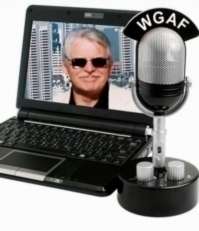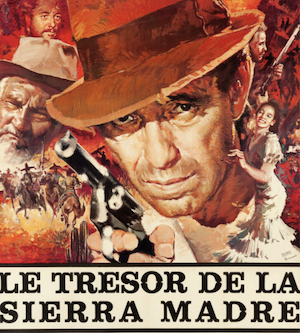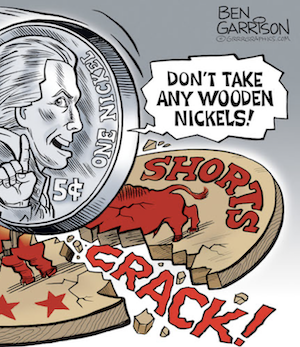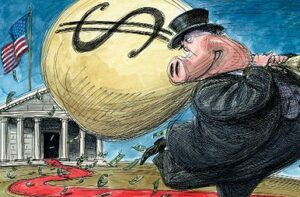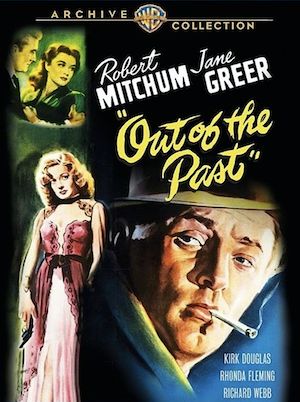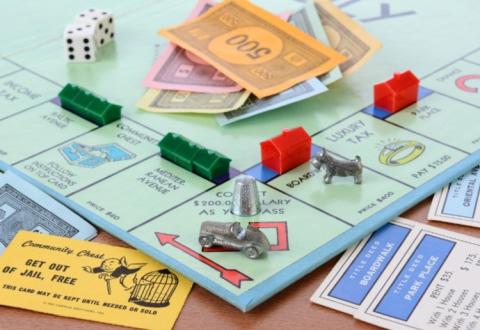 It feels like a silly thing to say, but board games are not real life. Playing a few rounds of Operation does not make you a surgeon. Unlike in Battleship, real-world battleships do not sit still on a ten-by-ten grid.
It feels like a silly thing to say, but board games are not real life. Playing a few rounds of Operation does not make you a surgeon. Unlike in Battleship, real-world battleships do not sit still on a ten-by-ten grid.
Similarly, Monopoly does not correlate to “free-market capitalism,” despite anticapitalist claims like this tweet with over a million views:
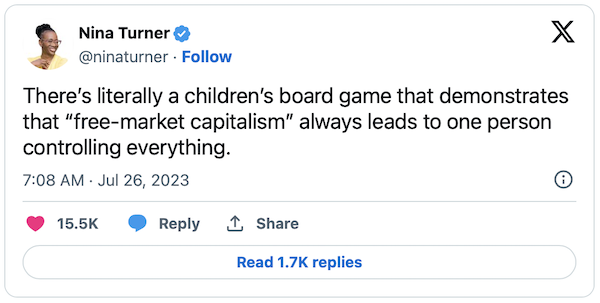 The rhetorical strategy is obvious: anti-capitalists want people to associate capitalism with Monopoly, the game that results in extreme wealth inequality as players bankrupt each other through zero-sum exchanges and often ends with family members storming off. Only one real estate tycoon emerges as the winner after gobbling up the other players’ cash and property.
The rhetorical strategy is obvious: anti-capitalists want people to associate capitalism with Monopoly, the game that results in extreme wealth inequality as players bankrupt each other through zero-sum exchanges and often ends with family members storming off. Only one real estate tycoon emerges as the winner after gobbling up the other players’ cash and property.
And yet there are many differences between Monopoly and the operation of real-world markets, many of which have already been documented on the Mises Wire. Ben Powell of the Free Market Institute notes that Monopoly lacks many fundamental features of actual economies, like consumer choice and mutually beneficial, voluntary exchange. If anything, the mechanics of Monopoly more closely resemble those of government intervention, central banking, and central planning.
The Monopoly board game is so divorced from real-world markets that I would suggest the similarities are merely superficial. There is a “real-estate wrapper” around the game mechanics that could be easily replaced by a wrapper of a different theme. In fact, I’ve played one game, called Tiny Epic Galaxies, that is like Monopoly but with a sci-fi theme. Instead of acquiring real estate, players explore space and claim planets by landing on them with spaceships. Instead of money, the resources are energy and culture. Instead of going to jail, you can get ejected from a planet you were trying to conquer and sent back to your home galaxy.
Nevertheless, let’s consider Nina Turner’s suggestion that capitalism always leads to one person controlling everything, just as one person wins the Monopoly board game. Do markets tend toward extreme income and wealth inequality?
Inequality is an inherent feature of market economies. People have different skills, different values, different anticipations of future market conditions, and different endowments. These differences mean that there will always be differences between individuals’ income and wealth. Moreover, every single exchange consists of one person parting with money and another gaining the money spent, so perfect equality of income is impossible.
But there are limits to the extent of inequality. Ludwig von Mises emphasized the importance of the Ricardian law of association, which shows that because of individual differences in productivity, everyone has a spot in the division of labor as the efficient (low opportunity cost) producer of something. It’s the most Hallmark card–worthy conclusion in economics: nobody gets left behind.
Another limiting factor for inequality is the fact that capital goods multiply the productivity of labor. The more savings and capital we accumulate, the more productive we become. For example, consider the difference in agricultural productivity with and without tractors. Mass-produced tools and equipment make it possible for workers to produce much more, once they learn how to use them. This increased productivity translates into higher pay.
Finally, well-developed economies, especially in the past few centuries, have produced an abundance of consumer goods. While we are still subject to scarcity, we have so much that we are able to give freely to those in need. Professor Jörg Guido Hülsmann is working on a book that describes this phenomenon. The book, called Abundance, Generosity, and the State, explores how “only the unhampered capitalist economy allows full and unfettered charity to flourish in society.”
What, then, explains the common observation that current economic inequality is excessive? The answer is that government interventions, and especially the persistent monetary inflation from central banks, exacerbate inequality. New money pours into the economy at a particular point, which means that those who are close to the spigot benefit at the expense of those who are on fixed incomes or who must pay higher prices before their incomes rise. This phenomenon is called the Cantillon effect.
Dr. Karl-Friedrich Israel, in his recent Mises University lecture, “Central Banking and Inflation,” outlined four such “channels of redistribution”:
1. From the private sector to the public sector (indeed, this is why governments inflate at all)
2. From the poor to the wealthy
3. From laborers to capitalists
4. From the young to the old
Kay to the mechanisms by which wealth is channeled is the fact that asset prices rise because of inflation, which means that those holding assets become the “winners” and those who haven’t accumulated assets “lose” the Cantillon effect game.
If we look at Monopoly, we see a similarly rigged game. The game is structured in a way that tends toward one player dominating the others, and the outcome is based on luck more than any particular skill – especially not the kinds of skills that would make one a successful entrepreneur in a free market.
Written by Jonathan Newman for the Mises Institute ~ August 17, 2023

